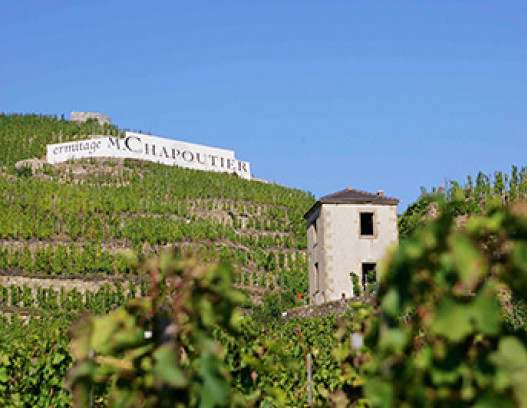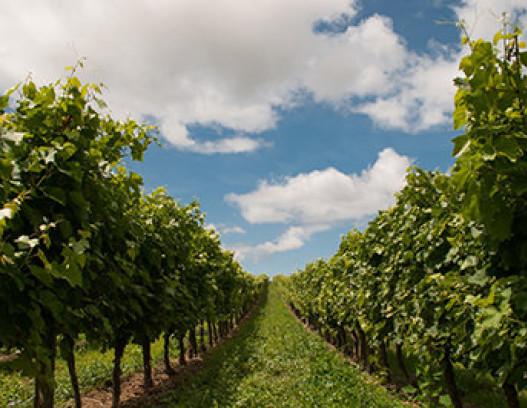Rest of the World - Rhone
Rhone Wine Region Summary
The second largest wine-producing region in France, the Rhône Valley is the result of an enormous, age-old geological clash between the Massif Central and the Alps. Many millions of years later, the valley’s soils consist of granite, sandy silica, limestone and clay, meshing together to create a unique water filtration system for vines and determining the varied aromas and flavours of wines from the region, which is split into north and south areas, with a great expanse of land in between.
With over 6,000 wine-producing properties, Rhône is best known for its earthy, full-bodied wines, produced mainly from Grenache, Syrah and Mourvèdre – although a few estates are well known for blending several varieties together.
The relatively small appellations of the north produce less wine than those of the south – and almost exclusively Syrah (or Shiraz, as it’s more commonly known in the English-speaking world) but the north boasts old and highly-respected names, and the effort involved in creating world-class wine from challenging, precipitous terroir means they generally command a higher price. Hermitage and Cote Rotie are two of northern Rhône’s brightest stars.
The south, which accounts for 95% of Rhône’s wine production, is home to less prestigious, less-specific names, but that’s not to say they lack in quality or acclaim. Producers such as Beacastel, Clos des Papes and Pégau have won the admiration of critics, with many estates in the area forging links with wineries in the United States, which are keen to promote Rhône’s grape varietals.
The area is so well-known for its red wines that white wines are almost entirely overlooked. Indeed, of all wine produced in the valley, 79% is red, 15% rose and just 6% white. However, most critics consider the Hermitage white to be as good as the red – extremely high praise as the red is an arguably world-class offering. The Viognier-based whites of the Condrieu appellation also enjoy critical acclaim.
But despite its ancient history as a wine-growing region – the first vines were likely planted around 600BC – the Rhône Valley has often been overshadowed by the domineering popularity of neighbours Bordeaux and Burgundy, likely losing momentum after the Romans left the area, taking an interest in wine with them. But after the Pope moved to Avignon in the 13th century, wine production in the area expanded greatly and it’s even said that Rhône wines were traded to such a degree that the Duke of Burgundy banned the import and export of non-Burgundian wines.
In more recent times, Rhône wines have seen a similar resurgence. In 2007 a 12-bottle lot of Paul Jaboulet Ainé Hermitage La Chapelle 1961 sold for $247,747 at a Christie’s, setting an auction record for any Rhône wine sold at auction, and marking a continued ascent of Rhône reds in the global marketplace.










